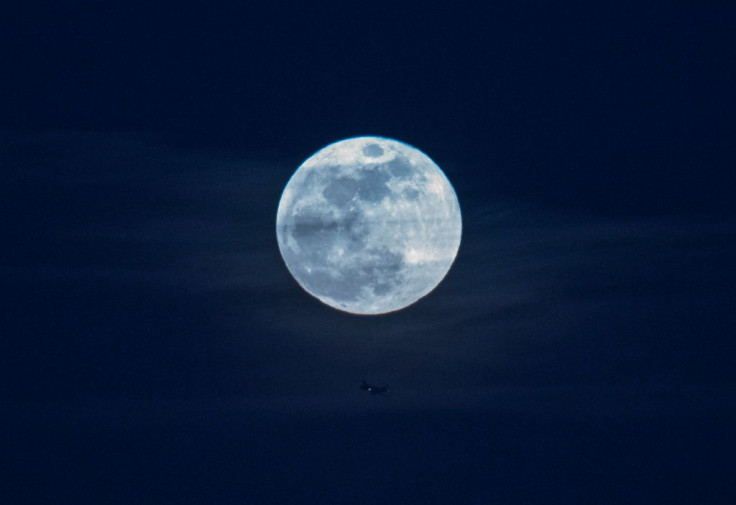Blue Moon 2018 Livestream: When To Watch Rare Celestial Event

Sky watchers around the globe will be greeted by a Blue Moon this weekend, the second of the year and the last one to appear in this decade.
The rare celestial event, as one can guess, isn’t marked by the color of the moon but the frequency of its appearance. When a full moon occurs for the second time in the same calendar month, it is called a “blue moon.”
According to the Weather Channel, the first full moon, also known as the worm moon, adorned the night sky March 2, while this one will be peaking March 31 around 8:37 a.m. EDT.
Typically, a blue moon appears once in about 2.5 years, which means we won’t get another one to see until Halloween 2020. But there can be some exceptions to this rule like the one we’re seeing this year with two blue moons.
Before this, a “Super Blue Blood Moon” peaked along with a lunar eclipse in the month of January and took a reddish hue for short while. The event drew widespread attention, but now that its partner is set to appear, the dual show won't happen before 2037. The phenomenon only happens four to five times in a century.
Watching Blue Moon 2018:
If skies remain clear, viewers should be able to see the full moon high in the sky. Weather.com meteorologist Linda Lam notes folks living in the South, Southwest and West Coast will be able to see the moon at its peak, but those in the Midwest and Great Lakes region might have some problems as the forecast suggests the regions could witness occasional episodes of rain with cloud cover. The also applies to parts of Montana, Wyoming, and the East coast.
While weather conditions can change anytime, if it still remains clouded or raining in your region, there is also the option of going online and watching the live webcast of the event on The Weather Channel app. The livestream will start around 9 p.m., Friday.

© Copyright IBTimes 2025. All rights reserved.




















